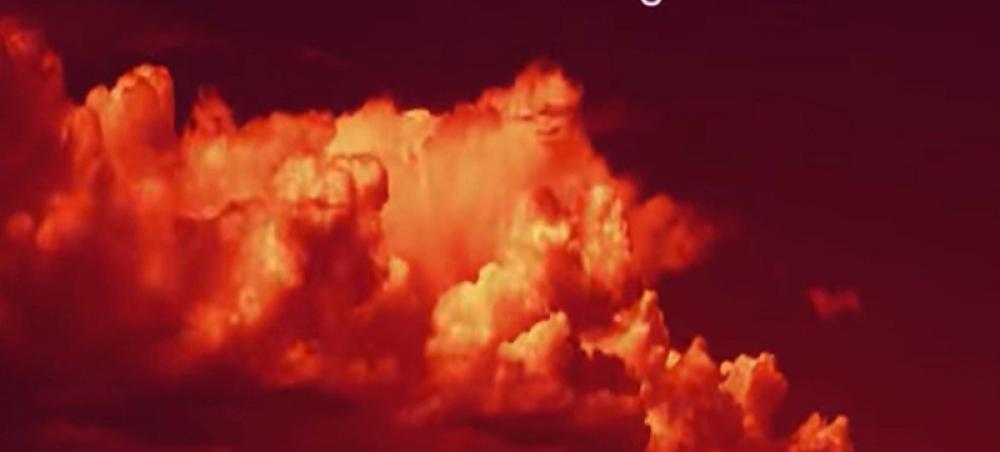Just Earth News | @justearthnews | 18 Jun 2022, 06:40 am Print
 Europe Heatwave
Europe Heatwave Image: WMO Video screen shot
New York: Sweltering conditions in Europe have come earlier than expected this year but the bad news is, they’re the shape of things to come.
According to the World Meteorological Organization (WMO), the intense heatwave made its way from North Africa.
The UN agency explained that an Atlantic low-pressure system between the Azores and Madeira is fuelling the warm front, pushing it towards western Europe.
10 degrees above normal
And although it’s only mid-June, temperatures in some parts of Spain and France, temperatures are - on average - more than 10 degrees Celsius (or 50 degrees Fahrenheit) higher than the average for this time of year.
In France, the heat spike follows the country’s warmest and driest May on record, and the country’s national weather agency said that it is the earliest heatwave since 1947.
In Spain, temperatures topped 40 degrees Celsius – 104 Fahrenheit - in parts of the country’s interior on consecutive days this week, and it’s been hotter still in Toledo province in recent days.
Saharan dust
To make matters worse, Spaniards are also enduring a Saharan dust cloud, which has compounded health and environmental stress, WMO said, noting that Portugal recorded its warmest May since 1931.
In Switzerland, where maximum temperatures have been well above 30 degrees Celsius (86 Fahrenheit), the national weather service issued findings showing that the temperature difference between towns and the countryside, was as much as six degrees Celsius.
Ominous drought
Drought warnings are an added concern in much of western Europe, as no significant rainfall is forecast in Europe in the coming days, apart from isolated thunderstorms.
Large areas from southeastern Central Europe to the northwestern Black Sea are also suffering from drought, WMO said, adding that in the US, much of the west of the country is facing its second or third drought year in a row, with fears of growing water stress heading into the summer season.
The two largest reservoirs in the US, Lake Mead and Lake Powell, in Arizona, are currently at the lowest levels since they were filled: both are at just below 30 per cent of capacity, according to the US Drought Monitor.
- Catastrophe alert: UN warns Asia is facing unprecedented cyclones and rainfall
- Catastrophe alert: UN warns Asia is facing unprecedented cyclones and rainfall
- India’s West Coast Turns Protector: Whale Shark Rescues Surge from Gujarat to Kerala
- Belém COP30 announces major climate finance boost
- Three dead after magnitude 5.7 earthquake hits Bangladesh, strong tremors felt in Kolkata



-1763561110.jpg)


